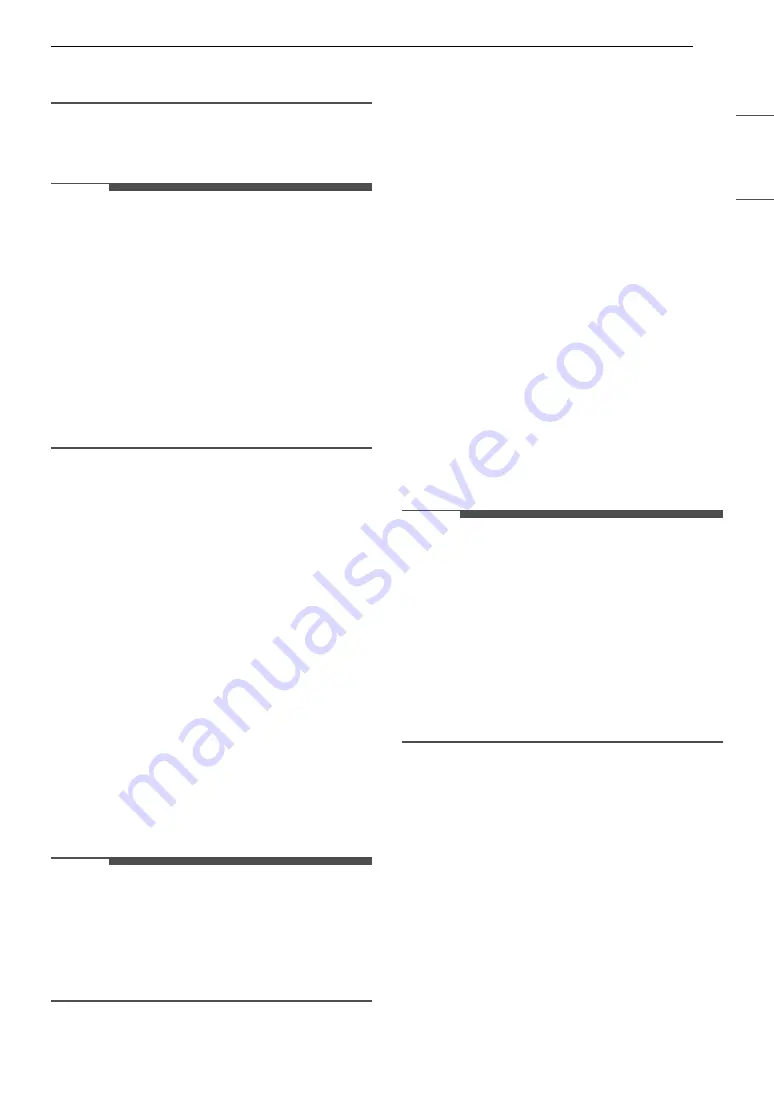
13
OPERATION
ENGLISH
• Selecting Sabbath mode automatically turns off
the alarm functions.
Storing Food
NOTE
• If you are leaving home for a short period, like a
short vacation, the freezer should be left on.
Refrigerated foods that are able to be frozen will
stay preserved longer if stored in the freezer.
• If you are leaving the appliance turned off for an
extended period, remove all food and unplug
the power cord. Clean the interior, and leave the
door open to prevent fungi from growing in the
freezer.
• If doors are opened or closed too often, warm
air may penetrate the freezer and raise its
temperature. This can increase the running costs
of the unit.
Storing Frozen Food
Check a freezer guide or a reliable cookbook for
further information about preparing food for
freezing or food storage times.
Freezing
Your freezer will not quick-freeze a large quantity
of food. Do not put more unfrozen food into the
freezer than will freeze within 24 hours (no more
than 2 to 3 pounds of food per cubic foot of freezer
space). Leave enough space in the freezer for air to
circulate around packages. Be careful to leave
enough room at the front so the door can close
tightly.
Storage times will vary according to the quality
and type of food, the type of packaging or wrap
used (how airtight and moisture-proof) and the
storage temperature. Ice crystals inside a sealed
package are normal. This simply means that
moisture in the food and air inside the package
have condensed, creating ice crystals.
NOTE
• Allow hot foods to cool at room temperature for
30 minutes, and then package and freeze.
Cooling hot foods before freezing saves energy.
• Do not store glass containers in the freezer.
Contents may expand when frozen, break the
container and cause injury.
Packaging
Successful freezing depends on correct packaging.
When you close and seal the package, it must not
allow air or moisture in or out. If it does, you could
have food odor and taste transfer throughout the
freezer and could also dry out frozen food.
Packaging recommendations
• Rigid plastic containers with tight-fitting lids
• Straight-sided canning/freezing jars
• Heavy-duty aluminum foil
• Plastic-coated paper
• Non-permeable plastic wraps
• Specified freezer-grade self-sealing plastic bags
Follow package or container instructions for
proper freezing methods.
Do not use
• Bread wrappers
• Non-polyethylene plastic containers
• Containers without tight lids
• Wax paper or wax-coated freezer wrap
• Thin, semi-permeable wrap
NOTE
• If you are leaving home for a short period, like a
short vacation, the appliance should be left on.
• If you are leaving the appliance turned off for an
extended period, remove all food and unplug
the power cord. Clean the interior, and leave the
door open to prevent fungi from growing in the
appliance.
• If doors are opened or closed too often, warm
air may penetrate the appliance and raise its
temperature. This can increase the running costs
of the unit.
Handle
The appearance or components of the appliance
may differ from model to model.














































